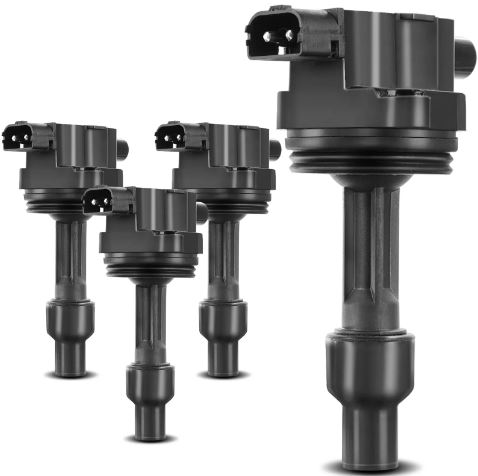Smoother Starts And Stronger Acceleration: High-Performance Ignition Coils
A faulty or defective ignition coil can lead you to face a wide variety of adverse effects with your vehicle. The key effects you should consider are poor acceleration, vehicle stalling, harsh operation and much more. The main reason behind such adverse issues is the selection of the wrong ignition coil. You cannot afford the […]
How to Use a Nobori Flag?
In Japan, a nobori flag is a type of wind sock that is commonly seen on the rooftops of homes and businesses. The nobori flag is often triangular or rectangular in shape and is made of cloth or paper. It is attached to a long bamboo pole and hangs down from the top of the […]
Various Kinds of Pens You Can Use
We've been using pens for as long as we can remember, and over time, what we know as traditional pens have evolved and transformed into diverse kinds of pens today. With different names and brands of pens flying around, you might get a bit confused. And these pens also come in various colors, sizes, and […]
Add Up Glare To Your Art/Craft/Décor With Crystal Mushroom
Want to make your statement when it comes to high-quality craftsmanship? Are you looking to personalize your décor with attention-grabbing embellishments? Do you want to strengthen your art with something engaging? If yes, then you need to make better use of crystal mushroom. When it comes to art/ craft/ décor, they all are important in […]
How to Pick Efficient Lexus Headlights for Safe Driving
Headlights are an integral part of any car. It's impossible to function or drive without them as they can be a safety issue for you and other road users. Some car models like Lexus have specific headlights, e.g., the lexus is250 headlight. Others share these lights if the shape, size, and watts fit them. Headlights […]
Benefits of a Mini-Electric Planer
Planers are simple tools prominent in wood workshops. They are helpful in smoothening wood or adjusting its size, so it fits in the desired area. There are two main categories of planers; a hand or manual planer and an electric planer. Electric planers are either mini or large, but both work the same. Stores or […]
Make A Fashion Statement With Ankle Bracelet
An ankle bracelet is an ankle decoration, worn in the foot. Ankle bracelets can help to enhance your look. It adds charm to your overall style. Ankle bracelets have a small bell-like structure that is attached to them which produces a very pleasant sound when someone wearing it moves around. Ankle bracelets enhance your fashion […]
Exciting Things You Should Know About Sensory Swings
A sensory swing is a hanging swing used in a therapy program. However, there is more to a sensory swing than therapy applications. You can use the product for recreational and physical activities like Pilates. They also make great outdoor accessories. For instance, a sensory swing can serve as a good patio swing. Ready to […]
Tips on Finding the Best Pressure Washer
Need help cleaning your siding, driveway, fence, deck, and other exterior surfaces? We can help you find the best pressure washer for any outdoor cleaning project. This Buyer’s Guide for pressure washers include features you should focus on when buying and some tips to help you purchase the right product. Pressure Washer Features and Buying Tips […]
What Does Economic Development Bring to Society
During this time, governments have begun to take broad economic initiatives to stimulate growth and reduce poverty. These efforts include monetary and fiscal policy, regulation of financial institutions, trade and tax policies, infrastructure development, K-12 education, and job creation and retention. Economists also focus on small business development, marketing, and workforce developments. These activities can […]










